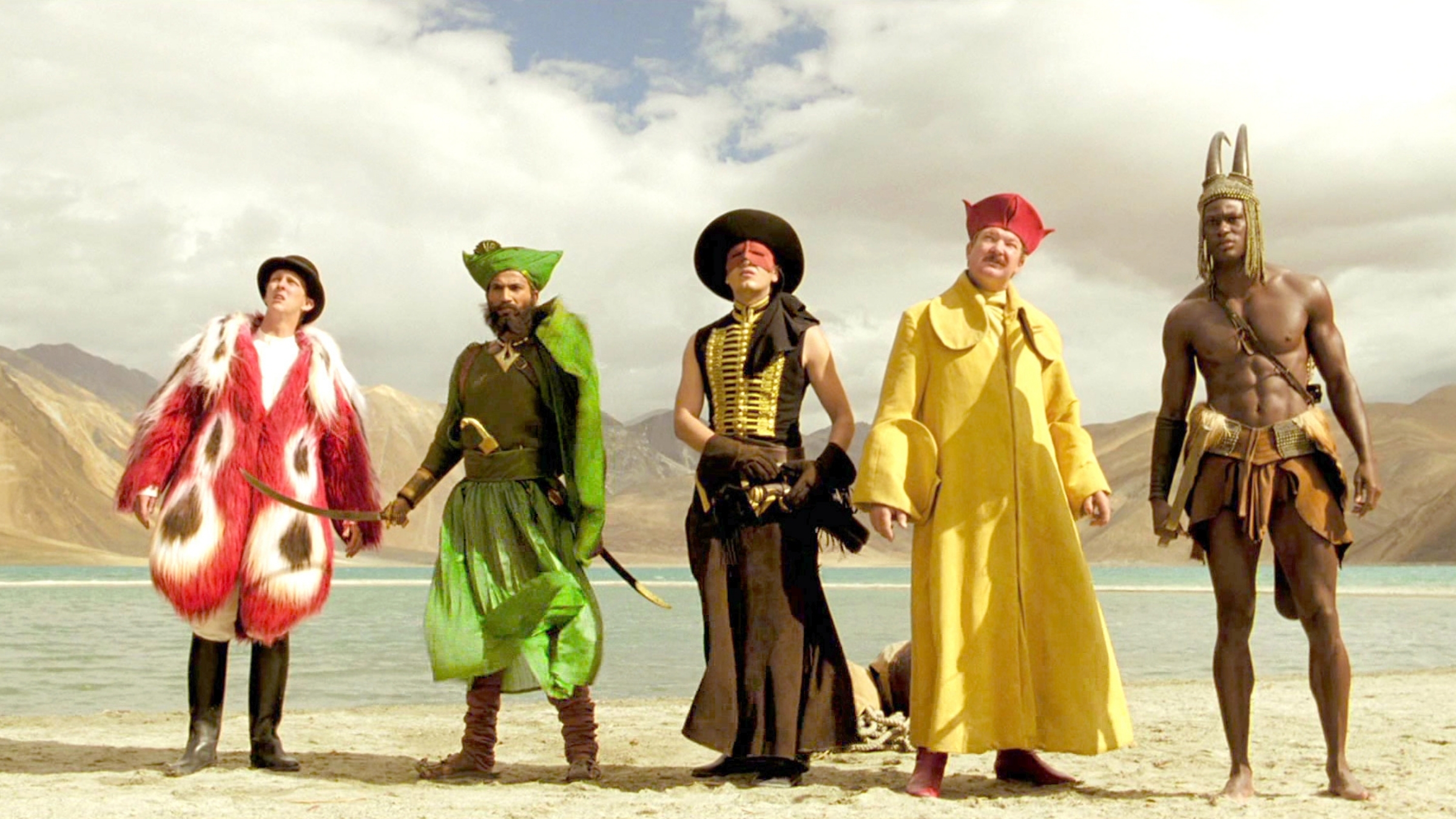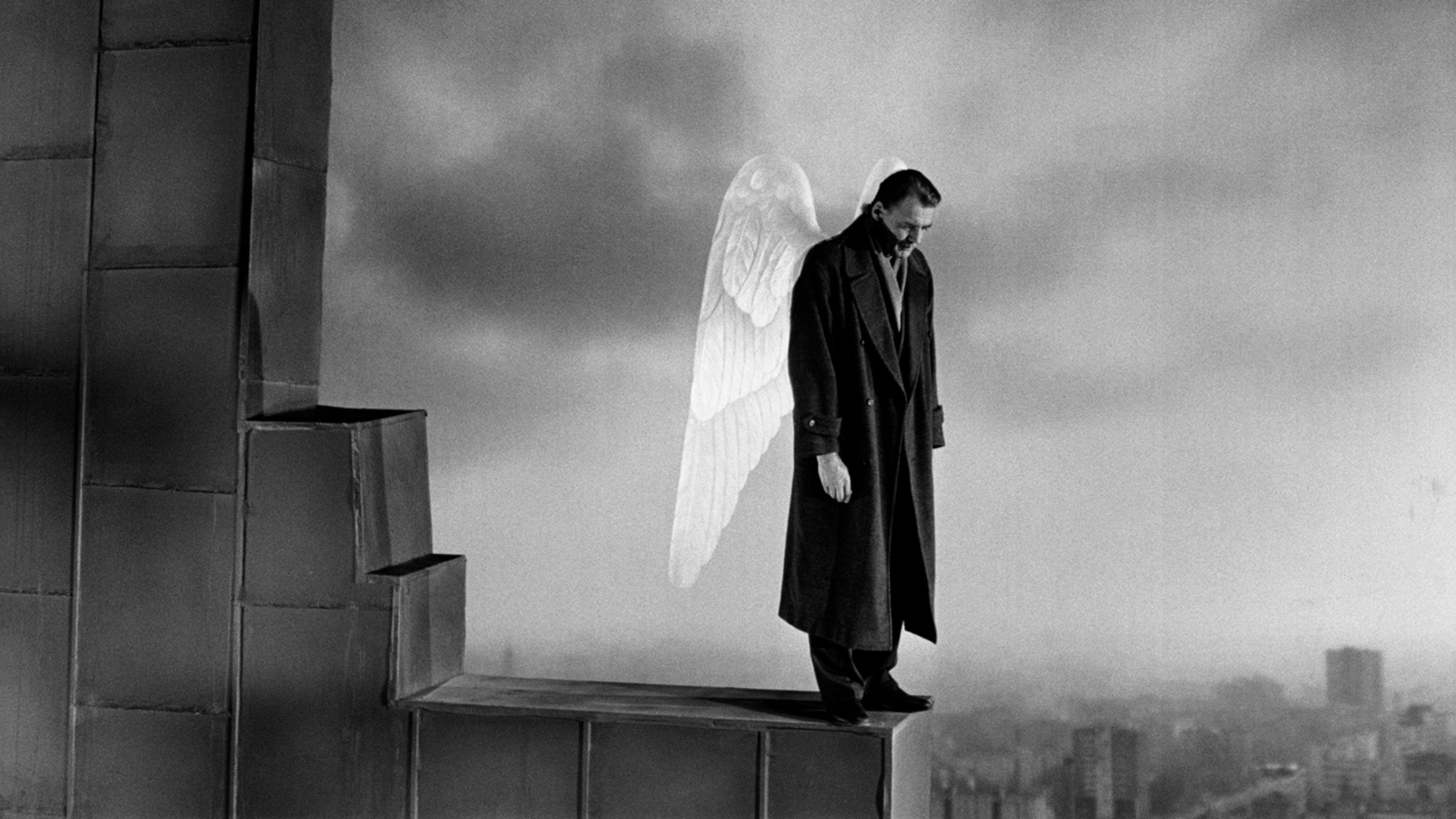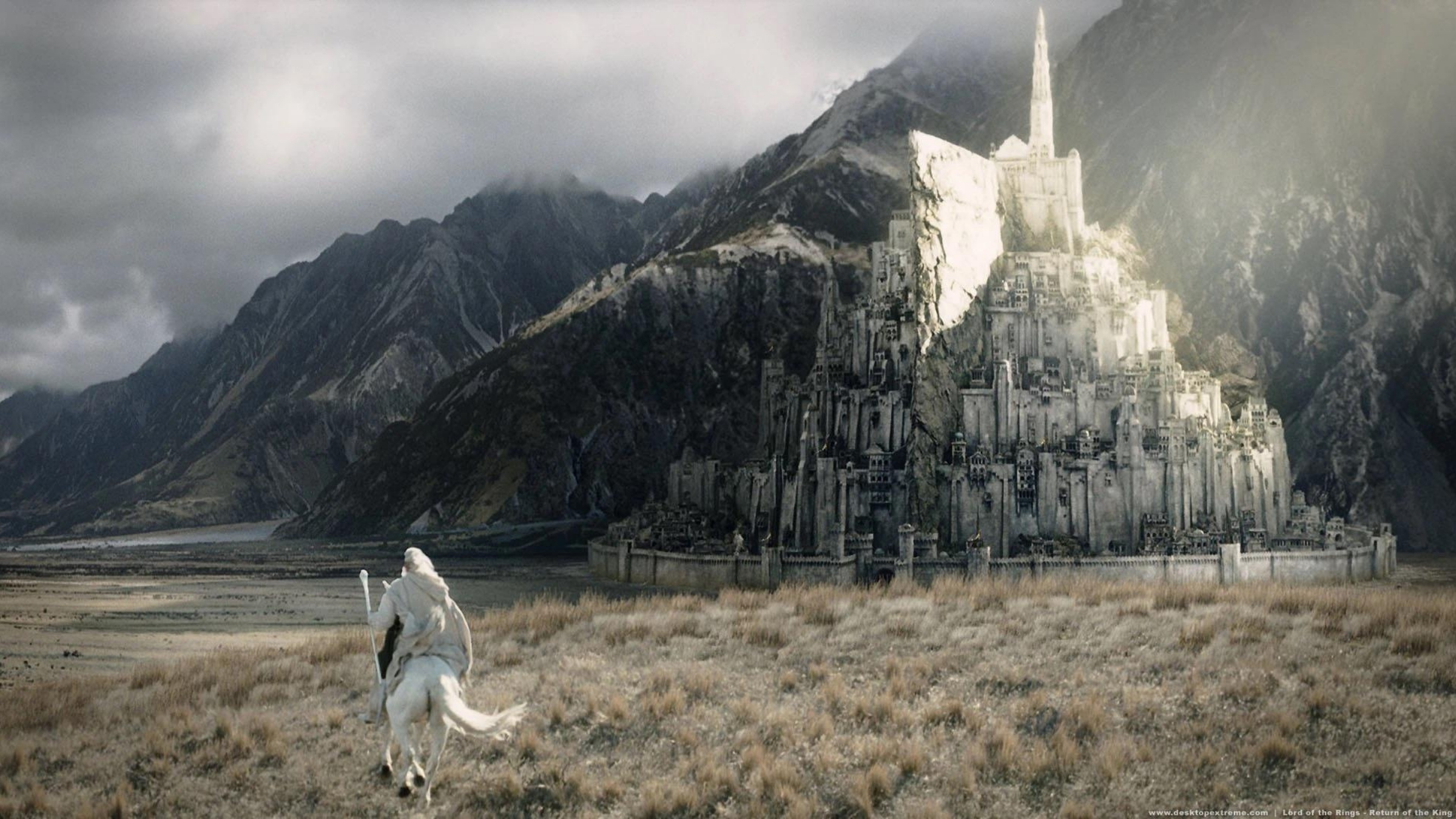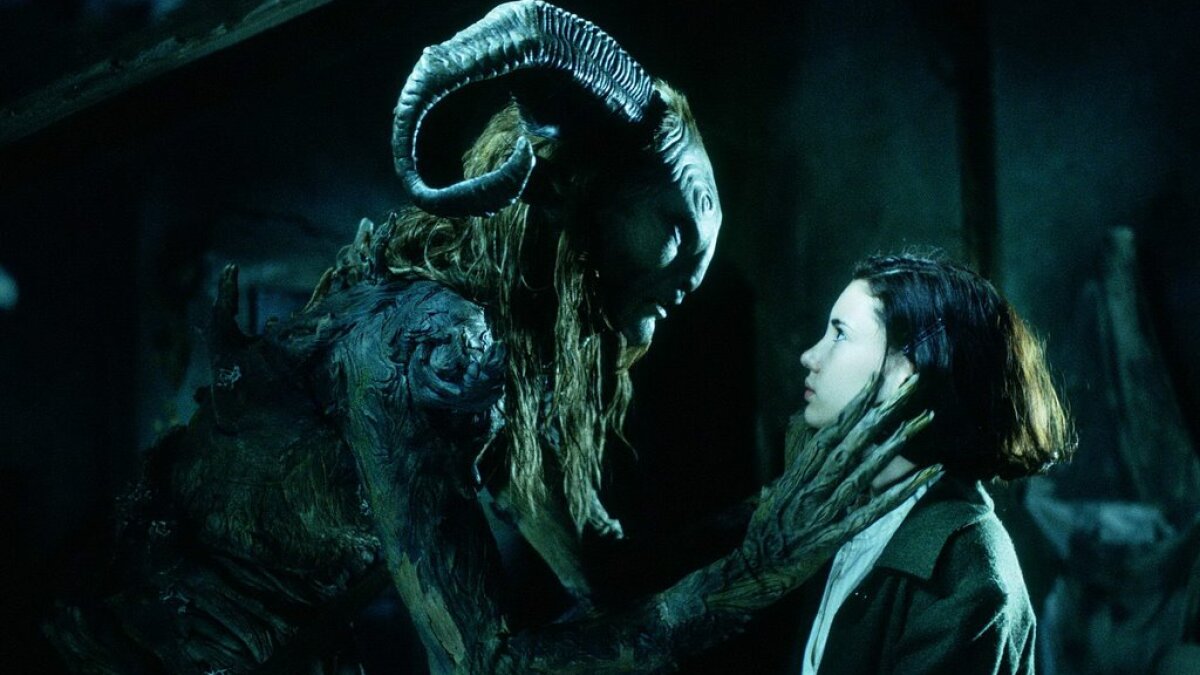
Beautiful visuals are practically essential for any fantasy movie. Since fantasy is all about imaginative worlds that tap into our deepest desires, it naturally strives for stunning imagery. The most successful fantasy films create worlds that are as breathtaking as the stories they tell. Watching these films often evokes feelings of nostalgia, longing, or comfort – it can feel like pure magic. However, a closer look reveals that these emotional responses aren’t accidental; every visual detail is carefully chosen to create a specific feeling.
These classic fantasy films represent the best the genre has to offer over the last fifty years, exploring everything from gritty realism to grand adventures. While they often prioritize practical effects and use color to enhance their stories, each film offers a unique vision and transports viewers to strikingly different and beautiful worlds.
7) The Green Knight

David Lowery’s retelling of the Arthurian story feels like a classic, despite being one of the newest films here. Cinematographer Andrew Droz Palermo achieved a unique look by combining old lenses with modern digital cameras, creating images that are both sharp and worn. The film’s colors are rich, featuring deep greens, warm golds from candlelight, and splashes of red. Lighting often came from a single source, emphasizing Dev Patel’s performance as Gawain – sometimes making him appear saintly with a halo effect, and other times highlighting his troubled, gaunt features. The film blends practical effects with subtle digital enhancements, showcasing the best of modern filmmaking techniques.
Critics immediately recognized the influence of directors like Andrei Tarkovsky in The Green Knight, particularly how its dreamlike imagery complements the story’s repeating patterns. More than just an adventure, David Lowery’s film is a beautifully atmospheric experience and stands out as one of the decade’s best fantasy movies.
6) The Dark Crystal
Jim Henson and Frank Oz created the world of The Dark Crystal using practical effects and stunning designs by Brian Froud. Every creature and setting was built by hand with incredible care. The film relies heavily on visual differences to tell its story. The gentle, rounded Mystics represent life, while the harsh, angular Skeksis embody death.
As a huge fan, what really struck me about this dark fantasy story is how it plays with strong contrasts – light and darkness, life and decay, kindness and cruelty. When it first came out in 1982, a lot of people thought it was just too bleak. But over time, its unique, almost handcrafted feel and really atmospheric, nostalgic vibe have earned it a dedicated cult following, and it still has a strong hold on people today.
5) The Fall

Tarsem Singh filmed The Fall himself, traveling to over 20 countries over four years and choosing to shoot on location instead of in studios. The film shifts between a realistic hospital setting in 1990s Los Angeles and a vibrant, imaginary world. The costumes, designed by Eiko Ishioka, were particularly striking, drawing inspiration from performance art and graphic design. Cinematographer Colin Watkinson captured the landscapes like beautiful paintings, using wide, carefully composed shots to make each location feel grand and epic.
Like many beloved films, The Fall has gained a dedicated fanbase since it came out. Critics often compared it to the visually striking work of filmmakers like Fellini and Terry Gilliam, admiring its ambitious scope. The movie’s fantastical world is constantly changing, moving from deserts to temples to dramatic cliffs, and the landscape almost feels like a character itself. While some viewers question the story, almost everyone agrees the film is visually stunning and unlike anything else in its genre. If you haven’t seen it, The Fall truly stands out.
4) Spirited Away

Hayao Miyazaki’s film creates a fascinating contrast: bustling, otherworldly spirits fill much of the story, but a particular train scene is peaceful and reflective. This balance between chaos and calm is a key element of the film’s style, visible throughout its beautiful visuals. The animation, a hallmark of Studio Ghibli, is mostly hand-drawn, enhanced by computer-generated backgrounds, resulting in a gentle, warm, and almost watercolor-like feel to the magical settings.
It’s no surprise that Spirited Away earned the Academy Award for Best Animated Feature and became Japan’s highest-grossing film when it came out in 2001. Reviewers loved how the animation reflected Chihiro’s emotional growth. The film visually shows her initial feelings of being trapped with cramped shots, and as she becomes more confident, the scenes open up. Still cherished as a classic by fans, Spirited Away continues to be analyzed for its beautiful use of color and unique artistic style.
3) Wings of Desire

The 1987 film Wings of Desire uses a striking visual style inspired by The Wizard of Oz. Angels are shown in stark black and white, while the human world is vibrant with color, creating a feeling of separation. As angel Damiel, played by Bruno Ganz, yearns for a life with a human woman, this contrast emphasizes his longing. Cinematographer Henri Alekan achieved a dreamy look using special filters, and the camera glides over Cold War Berlin like a ghost, observing the city’s ruins and reconstruction. Double exposure techniques further enhance the angels’ ethereal, otherworldly presence.
The film was well-received by critics in Europe and gained a dedicated following among fans of independent and classic cinema after being released on Criterion Collection in 2009. The moment the film transitions to full color is particularly powerful, creating a strong emotional impact and sense of liberation – it’s often cited by film experts as a brilliant example of color storytelling. Its beautiful visuals have inspired many filmmakers since, including those behind films like City of Angels and David Lowery’s A Ghost Story.
2) The Lord of the Rings Trilogy

Peter Jackson filmed the Lord of the Rings trilogy in New Zealand, relying heavily on the country’s dramatic landscapes for the epic scenery. The filmmakers also constructed detailed sets, designed elaborate costumes, and cleverly used visual tricks to show the different sizes of the various fantasy creatures and make the world feel vast and believable as the Hobbits embarked on their adventure.
The original Lord of the Rings movies still look fantastic today because they didn’t rely heavily on computer-generated imagery, using it mostly for creatures and big battles. Honestly, they’re aging much better than The Hobbit films, which used a lot more green-screen effects. Director Peter Jackson and his team wanted the films to feel like a classic storybook, with a whimsical, illustrated quality, rather than aiming for extreme realism. The trilogy won numerous Oscars, and many fans believe no other fantasy movie has captured the same immersive sense of location. More than any other film, Jackson’s vision has become the standard by which all subsequent fantasy films are judged.
1) Pan’s Labyrinth

Guillermo del Toro’s Pan’s Labyrinth uses a striking visual style to tell its story. The real world is shown in cold, harsh colors – blues, grays, and deep shadows – to emphasize its cruelty. In contrast, the fantasy world is vibrant with warm golds and reds. This strong contrast isn’t just for show; it explores where beauty and horror truly exist, and whether escaping into fantasy is genuine or just another form of danger. Del Toro relied heavily on practical effects like animatronics, sets, and costumes influenced by German Expressionism, using CGI only to enhance them. One particularly memorable and unsettling scene features the Pale Man, a creature with drooping skin and eyes in the palms of its hands, creating a truly stunning and terrifying moment in fantasy cinema.
Winning three Academy Awards, Pan’s Labyrinth was almost universally lauded for its artistic achievement. Viewers still discuss whether the fantastical world depicted is actually real or a way for the main character, Ofelia, to cope with her circumstances, but the film’s stunning visuals are undeniably powerful. Unlike many special effects-driven blockbusters, it has stood the test of time because director Guillermo del Toro focused on practical design and physical effects. Even with twenty years of improvements in CGI, the film’s impact remains strong. A remarkable achievement in both imagination and filmmaking, Pan’s Labyrinth is widely considered the most beautiful—and unsettling—fantasy film ever made.
What fantastic fantasy film did we miss? Let us know in the comments and join the discussion in the ComicBook Forum!
https://comicbook.com/tv-shows/list/most-rewatchable-fantasy-tv-shows/embed/#
Read More
- The Most Jaw-Dropping Pop Culture Moments of 2025 Revealed
- Ashes of Creation Rogue Guide for Beginners
- ARC Raiders – All NEW Quest Locations & How to Complete Them in Cold Snap
- Where Winds Meet: How To Defeat Shadow Puppeteer (Boss Guide)
- Best Controller Settings for ARC Raiders
- Where Winds Meet: Best Weapon Combinations
- Ashes of Creation Mage Guide for Beginners
- Hazbin Hotel season 3 release date speculation and latest news
- 5 Things We Want to See in Avengers: Doomsday’s First Trailer
- Jim Ward, Voice of Ratchet & Clank’s Captain Qwark, Has Passed Away
2025-11-26 22:19